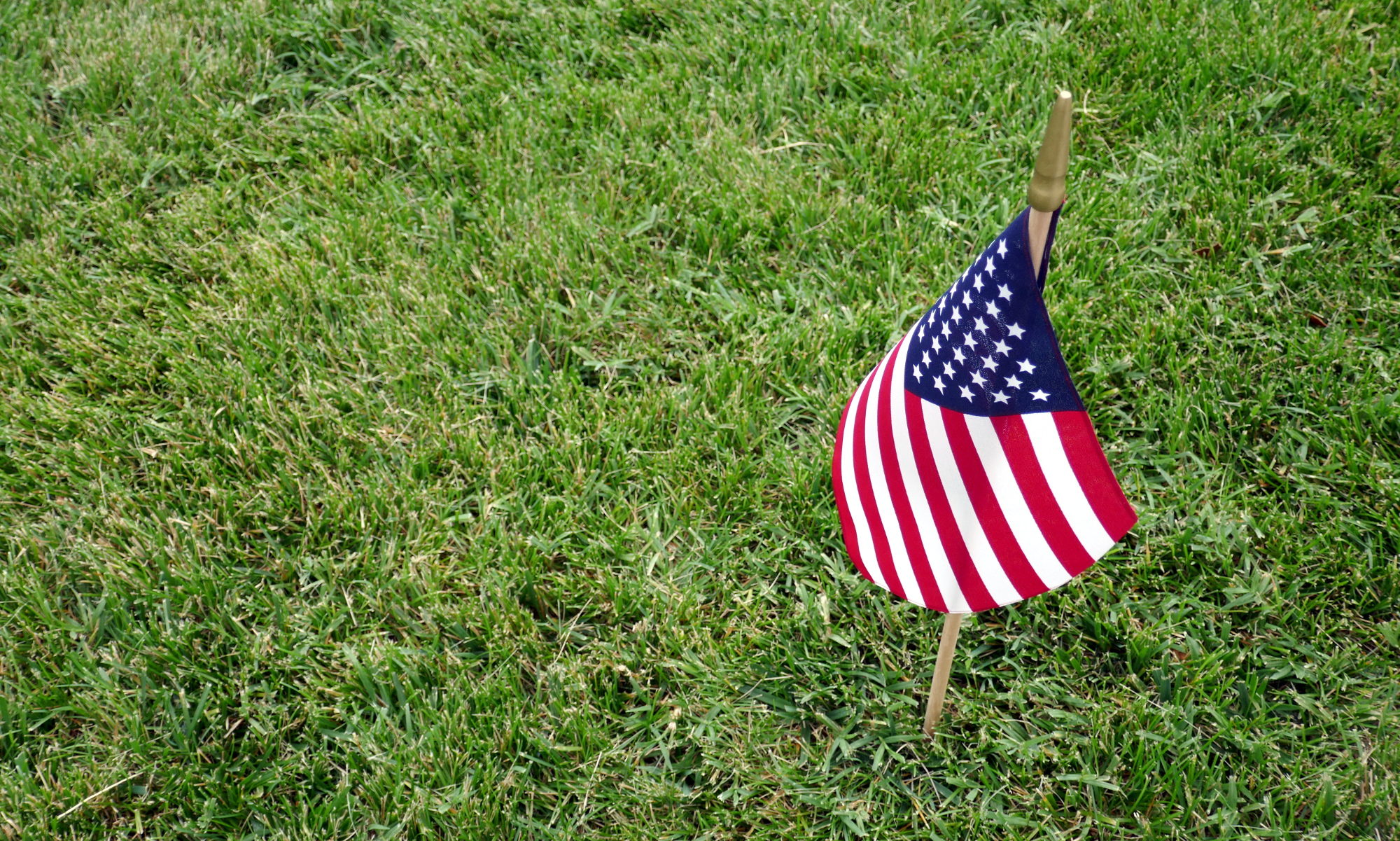by James D. and Jonathan K.
Grassroots Alexandria advocates for effective mass transit as a matter of economic justice and as a response to the climate emergency. Alexandria’s Duke Street In Motion project is a potential step forward.
What is the Duke Street in Motion project?
What is the purpose of the project? What problems is it trying to solve?
Will this project include improvements for people walking and riding bicycles?
How will a dedicated transitway fit on Duke Street along with car traffic?
What is the Duke Street in Motion project?
Duke Street in Motion is a concept design project for improved transit on a 4-mile section of Duke Street, from the Landmark Mall area to the King Street Metro station. The design effort follows a 2008 Council decision designating this section of Duke Street as a future high-capacity transit corridor, and a 2012 Transitway Corridor Feasibility Study. The 2012 Feasibility study recommended dedicated bus lanes in the six-lane sections of the Duke Street corridor, i.e. in about 2/3 of the 4 mile section, and a two-phased approach for the four-lane section in the middle of the corridor, from Jordan Street to Roth Street. The study recommended that transit operate initially in mixed traffic in the four-lane section and later in a dedicated reversible lane.
What is the purpose of the project? What problems is it trying to solve?
Capacity: The primary motivation is to provide high capacity bus service to efficiently move people along the corridor and to connect people to other high-capacity transit lines. Dedicated transit lanes can move up to 8,000 people per hour, about 5 times more people than private vehicles.
Access: Regional population growth will exacerbate local traffic congestion, until more efficient travel options are provided, such as Richmond Highway Bus Rapid Transit in Fairfax and Metrorail across the Wilson Bridge, with uncongested lanes for buses in the interim. The Duke Street transitway will enable reliable, efficient travel for residents along the corridor, as well as for other people accessing Duke Street destinations, including the Beatley Library, restaurants, medical offices and other future amenities at a re-developed Landmark Mall site.
Equity: The Duke Street corridor serves many older residents and low-income residents who depend on transit.
Safety: Travel by bus is significantly safer than walking, cycling, or driving.
Climate Change and the Environment: Transportation is the number one contributor to greenhouse gas emissions; providing more useful transit service to more people is the most impactful investment that would mitigate climate change.
Will this project include improvements for people walking and riding bicycles?
From the city website: “Yes. Since many people live, work, or visit locations within walking or biking distance to Duke Street, safe and convenient routes between bus stops and the places people need to go along the corridor will be essential elements of this project.”
How will a dedicated transitway fit on Duke Street along with car traffic?
The 2012 Transitway Feasibility Study recommended maintaining four car traffic lanes, two in each direction throughout the corridor, as exists today in the middle section between Jordan Street and Roth Street. All of the concepts that City Staff has presented to date are consistent with that, i.e. they maintain a minimum of two lanes in each direction.
Concepts that City staff have shown for the six-lane sections include maintaining two car traffic travel lanes in each direction, and repurposing one travel lane in each direction for dedicated bus lanes. Concepts for four-lane sections include maintaining two car traffic travel lanes in each direction, combined with one of the following: (1) buses operating in mixed traffic, (2) modifications to commercial service roads to allow bi-directional dedicated bus lanes, and (3) modification to residential and commercial service roads to allow two dedicated bus lanes.

